It was great to be a big shot on the world stage in 2015
It’s time again to evaluate how Quartz’s annual geopolitical forecasts stacked up against actual events. We had a good year: our 2015 forecasts mostly panned out—we were five for six. In addition, we won a side bet with other journalists, best sussing out where Brent oil prices would end the year.
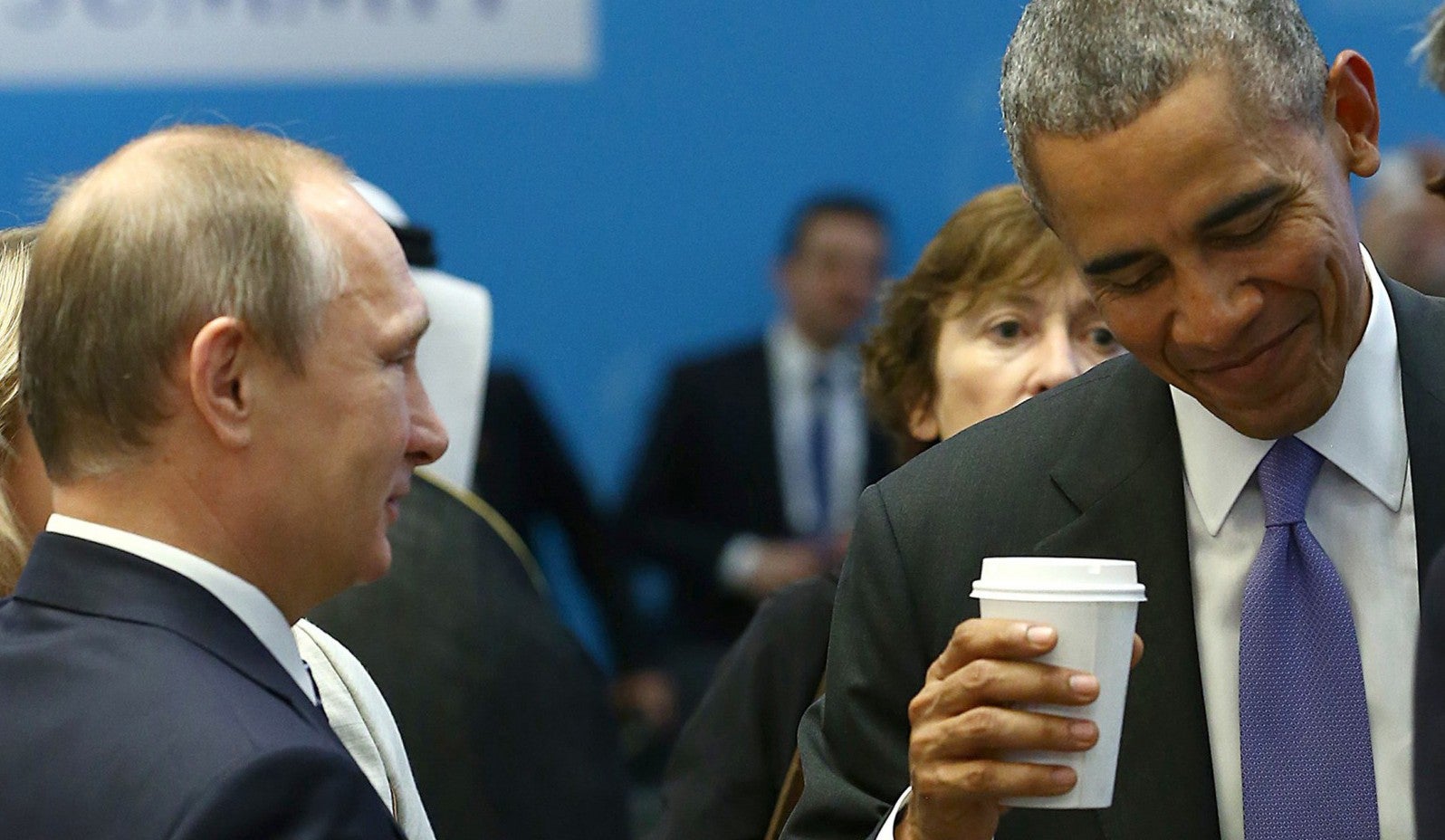

It’s time again to evaluate how Quartz’s annual geopolitical forecasts stacked up against actual events. We had a good year: our 2015 forecasts mostly panned out—we were five for six. In addition, we won a side bet with other journalists, best sussing out where Brent oil prices would end the year.
One prediction went dramatically wrong—our second consecutive year committing the very same blunder. It was in guessing what Russian president Vladimir Putin will do next. The problem wasn’t necessarily what we guessed (more on that below) but in attempting to divine Putin’s future actions at all. Perhaps rooted in his days as a KGB officer, Putin seems to revel in his record at wrongfooting the West. Yet prognosticators of all types, from the presidents of countries and traders in the markets to those of us in the press, all keep trying.
Our overarching call for the year was that geopolitics would be driven not by events or crowds—such as an Arab Spring—but the individual ambitions of outsized personalities. We specifically suggested that readers pay close attention to the desire for power and legacy on the part of Putin, US president Barack Obama, Iranian leader Ali Khamenei, and China’s Xi Jinping.
That turned out to be largely correct—all four were substantial news drivers last year. But that is not necessarily cause for a victory lap, because we were also wholly blindsided by two important events that did not center on big personalities at all—the mass migration of refugees from Syria and the Nov. 13 massacre of 130 people by ISIL militants in Paris. Both were reverberations of profound instability in the Middle East that started with the 2003 US invasion of Iraq, and shows signs only of growing.
Were the violence and tidal wave of refugees predictable? The exodus of Syrian refugees was already a crisis, propelled most recently by the brutality of ISIL; perhaps it was inevitable that they would seek shelter in droves in safer harbors relatively nearby. In addition, quite a few analysts had warned that ISIL could strike in the West. Foreseeable or not, the dual events created an atmosphere of dread on both sides of the Atlantic and, in some quarters, xenophobia. They thus count among the most important events of the year.
That’s one reason why the celebration was abbreviated for perhaps the most improbable event of 2015—the long-odds accord between Obama and Khamenei to lift Iranian sanctions in exchange for Tehran de-nuclearizing for the next decade or so. It was one of the projections that we got right (more details below).
Could—would—the deal have been done absent these two specific leaders sitting virtually on either side of the table? Those familiar with Quartz’s rules of geopolitics, our system for projecting global events, will know that the answer in our view is no: For very different reasons, Obama and Khamenei, and perhaps they alone, perceived the urgency necessary to pull it off.
We discuss both Obama and Khamenei at greater length below. But, in terms of Quartz’s geopolitical algorithm, big personalities refer to individuals so large in stature, charisma, or gravitas that their presence can single-handedly shape or turn an event. Historical examples are Winston Churchill, Josef Stalin, and Napoleon.
We do not suggest that Obama and Khamenei have reached such heights in their lifetimes. Still, in the case of Obama, it was a tremendous feat to push the deal through both at home and in the negotiating room against the weight of the entirety of the Republican Party in Congress and many of his own Democrats, in addition to a furious lobbying effort by Israeli prime minister Binyamin Netanyahu. Khamenei, too, appeared to have defied his fellow hard-liners by defending his negotiators as they did his bidding, and then embracing the deal they emerged with.
These factors helped prove us right in predicting a deal would get done. Now let’s look at how all of our major forecasts fared in 2015.
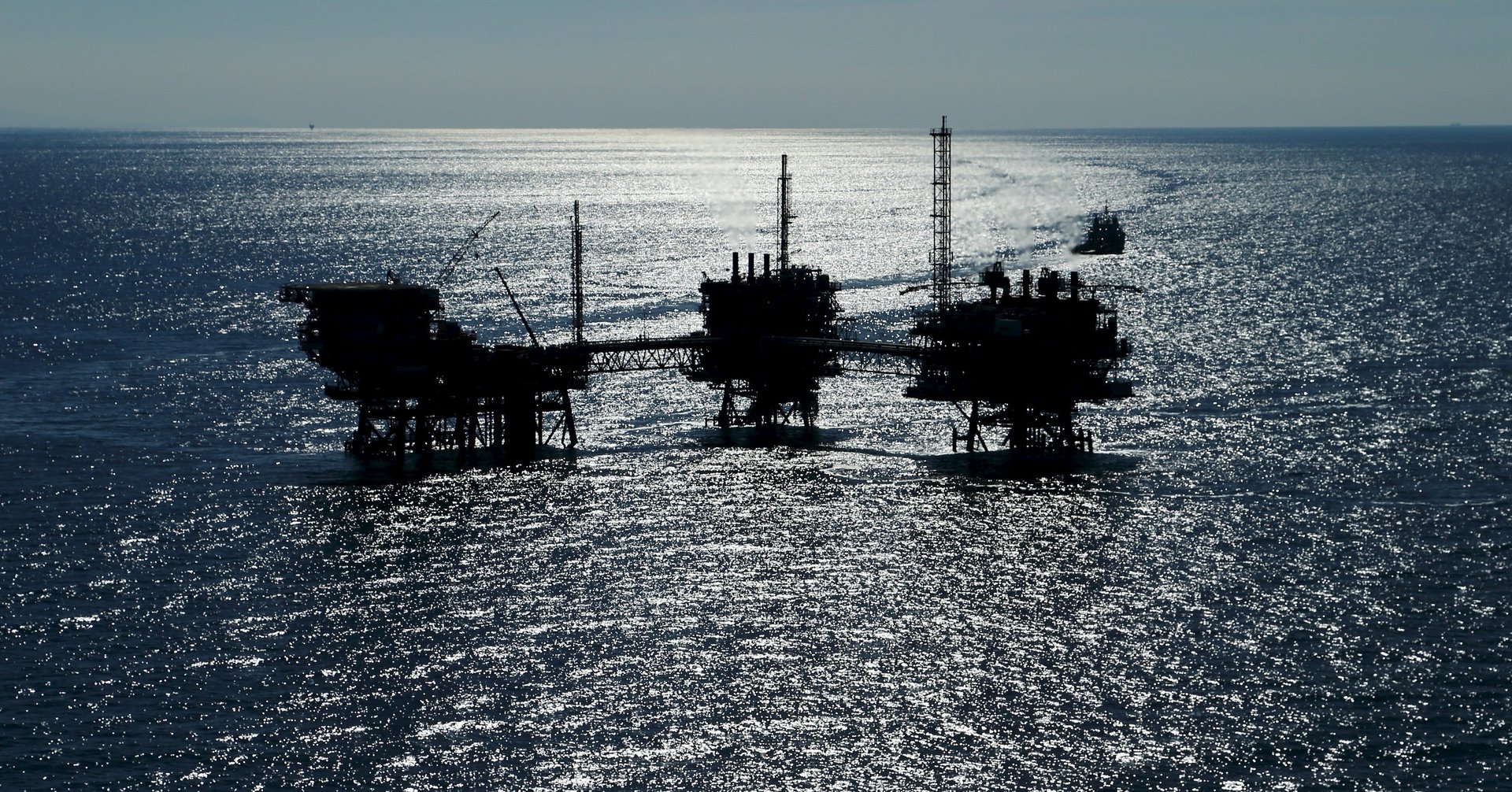
Oil was indeed at the center of everything
There was a glass of wine at stake in the friendly wager we made on the Dec. 31, 2015, closing price of Brent crude, the international benchmark; the prize would go to the person guessing closest to the actual year-end price. The other bettors were Russell Gold of The Wall Street Journal, Ed Crooks of the Financial Times, Keith Johnson of Foreign Policy, and Chris Nelder of the Energy Transition Show.
Professional oil analysts share a secret, which is that any serious attempt to specifically forecast the price of oil is bound to go wrong; to the extent it ends up correct, it will almost always be chance or luck. So it was with me.
The bets were blind—no one knew anyone else’s guess until all had been made. In my case, I did nothing fancy. I simply took the peak price of oil in 2014 ($115.71 a barrel on June 11), and divided by half. So my bet was $57.75. That ended up the lowest guess among the group: Nelder came in highest, at $95, and Crooks in the middle at $70 a barrel.
A day or so after making the bet, I got a call from Gold at the Journal. Did I understand that the bet was actually not for the oil price on Dec. 31, 2014, but on Dec. 31, 2015? he asked. Meaning more than a year from then?
I actually had noticed that—after betting. Both Gold (who had bet on $62.73) and I had mistakenly thought we were betting on the price just two weeks hence—the end of year 2014.
But now we were stuck with our bets—we would have to wait out 2015 and hope we were right.
As it was, Brent closed Dec. 31, 2015, at $37.28 a barrel. That was more than $20 under my bet, but, still being the closest, I’ll soon be enjoying a fine glass of red on someone else’s dime.
As for our other big call on energy: We led our annual global forecasts saying, “Oil will roil everything.” And we were right.
It roiled in some cases from unexpected quarters—from ISIL, for instance, which earned millions of dollars a week from the production at oilfields it controlled in Syria and Iraq, allowing it to continue on its rampages.
But the main source of the roiling was oil’s price, which dropped by 35% over the year. This reduced the collective earnings of oil producers by some $5 billion a day from the mid-2014 peak price. That loss of income inflicted severe pressure on oil-producing states with relatively small cash reserves—Iran, Nigeria, and Venezuela, especially the latter, which obtains 95% of its export earnings from oil. By the end of the year, the situation was so dire in Venezuela, with GDP contracting by 10% and inflation raging at 124%, that, in landslide Dec. 6 elections, the ruling PSUV party lost control of the National Assembly for the first time in 16 years.
But generally speaking, Russia and OPEC’s richest countries—Saudi Arabia, Kuwait, Qatar—all claimed that they were hardly worse for wear. Through measures including devalued currencies, tight budgets, and reduced subsidies, they would weather the storm. Putin especially said in December that the Russian economy “has passed the peak of the crisis.”
These measures proved a powerful cushion. But Putin and the OPEC leaders were wearing game faces, and making a virtue of necessity: Much of their behavior is explained by the Staying in Power Rule, which states that the main impulse of political leaders of any country on any level is to hold onto their jobs. In this case, the by-and-large self-appointed ruling families of OPEC countries require largesse to keep from being overthrown; they use it to subsidize low electricity and gasoline prices, to hand out jobs, to give free housing and education, plus for various bonuses. But upstart US shale oil has threatened the source of this largesse—oil export earnings. Hence, the Saudi-led OPEC decision in 2014 to flood the oil market, drive down prices, and force high-cost shale drillers out of business.
Now, having initiated this battle of brinksmanship, they must see their strategy through to its conclusion. It’s taking a lot longer than they expected, but so far they have been able to manage their finances through the above-described austere financial and economic methods.
But, as we forecast, the question is what happens if low prices persist for a second year. Or a third. That is what may be unfolding. If prices are still in the current price band at this time next year, the nervousness will get conspicuous. Already, contrary to Putin’s assertions, economists expect the Russian economy to shrink by 3.7% this year. On top of that, the devaluation of the ruble had already pushed down the real value of Russian wages by 9.2% in the first 11 months of 2015, the first such decline since the 1990s, according to the Financial Times. It will become harder for Putin to keep claiming that all is well.
Saudi Arabia—far better positioned to weather low prices—is already showing signs of panic, announcing huge increases in gasoline prices, and possible plans to levy an income tax. Just this week came the real blockbuster: A discussion of selling a small number of shares in the heretofore sacrosanct state oil company, Aramco.
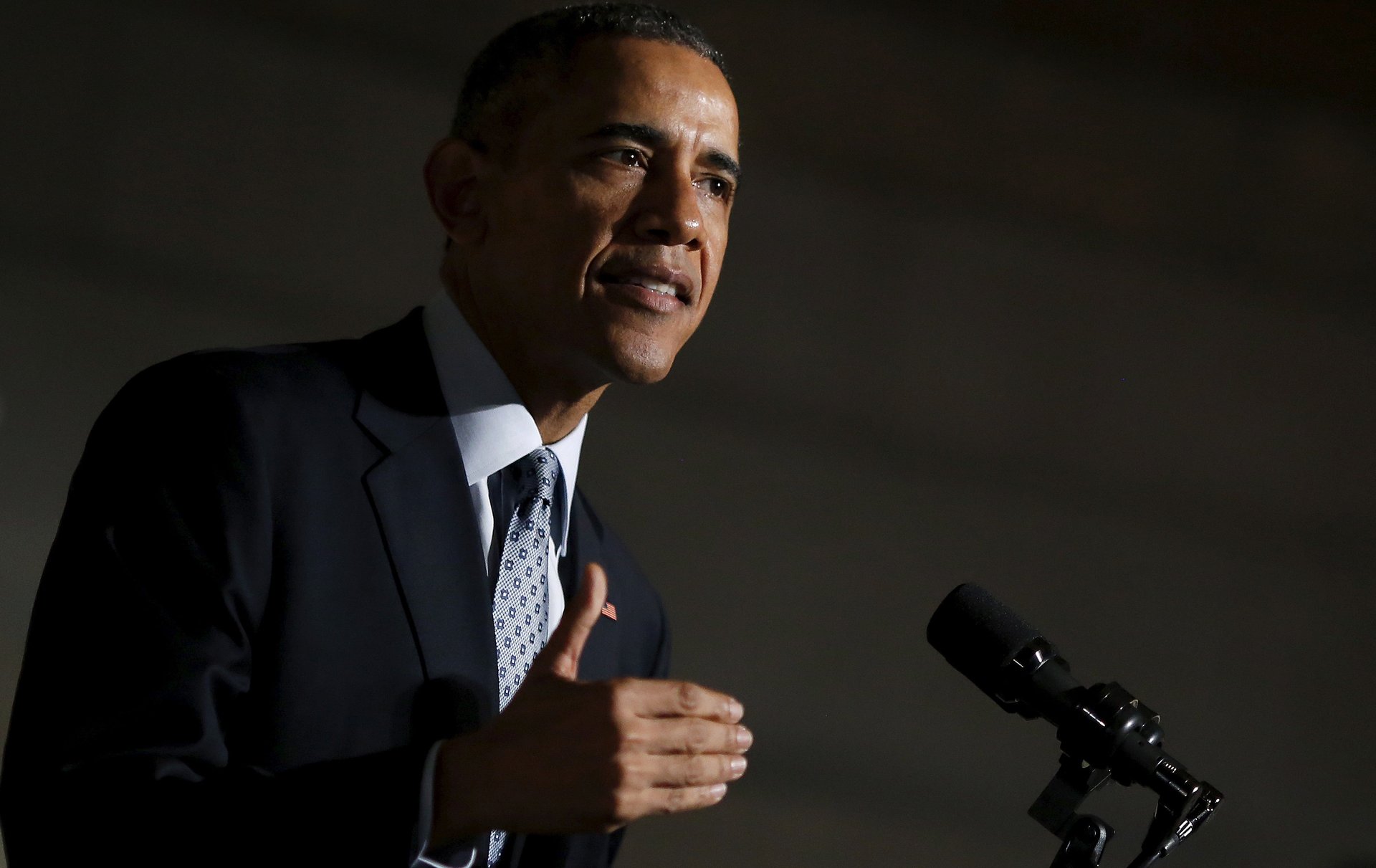
Obama rose to his full height
Obama’s critics accused him of weak leadership on the foreign stage—according to his Republican opponents, Saudi Arabia, and Russia, Obama suffered an almost pathological lack of resolve. The observation was understandable, to a point—these actors are unaccustomed to a relatively circumspect US, especially after the chest-out years of Obama’s predecessor.
But as we forecast, Obama spent his second-to-last year in the White House marking bull-headed triumphs. It does not matter whether one supported or opposed these actions. The thing was that he did stuff—extremely significant stuff, in most cases against stiff opposition. Where it counted, Obama was anything but irresolute.
At work was the Big Personality Rule, described above, which can be an overpowering dynamic in politics. In this case, it trumped another potent rule—the Local Politics rule. When the Republican-led Congress and a large group of Democrats were rigidly opposing the Iran deal, that was often Local Politics—their constituencies were hostile to an accord, often based on Israeli security, and they sought to Stay in Power. Netanyahu, too, has framed much of his political career around the Iran nuclear question; stirring fear about Iran, he has cast doubt about his rivals’ security credentials, and thus become the longest-serving prime minister in Israeli history.
As we also discussed above, the Iran deal was Obama’s big coup, a deal opposed so categorically by the Republican-led Congress, that its leadership co-conspired with a foreign leader—Netanyahu—to defeat it. According to tapes of their conversations by the US National Security Agency, Netanyahu, for one, thought the sabotage effort would work. But Obama managed to pull together enough Democratic votes—34 in the 100-member Senate—to uphold his veto of a resolution rejecting the deal.
Simply put, the Iran deal would not have happened absent Obama’s stubborn insistence. In prevailing, Obama prevailed over yet another potent rule—the True Believer rule, which states that certain public leaders transcend mere big personalities because of the fervency of their convictions, to which they adhere with evangelistic zeal. That describes many of Obama’s opponents, who vowed to defeat virtually any initiative he supported, regardless of its merits.
But that was not all. In Paris in September, Obama defied Republicans and the oil industry, and helped corral Russia, China, and India in a blockbuster climate change accord that in all included 196 nations. Republicans ridiculed the deal, noting that compliance was voluntary; but that was disingenuous: It was formulated as a non-treaty accord because Obama—and all present in Paris—knew that the US Republicans themselves were certain to vote down any treaty put before them. The Republican-Obama standoff was a subtext to the entire climate agreement.
There were limits to Obama’s big year, though. The True Believer Rule was dominant when it came to guns. The size of Obama’s personality made no difference when it came up against the religious-like intensity of the pro-gun lobby in 2015. Even this hasn’t dissuaded him from continuing to hammer away at the issue in 2016.
Likewise, we forecast that Obama would close Guantanamo, the prison on Cuba that holds prisoners captured in the aftermath of 9/11. He vowed during his 2008 campaign to shut down the facility, but was confounded by congressional opposition to transferring any Guantanamo prisoners to US soil.
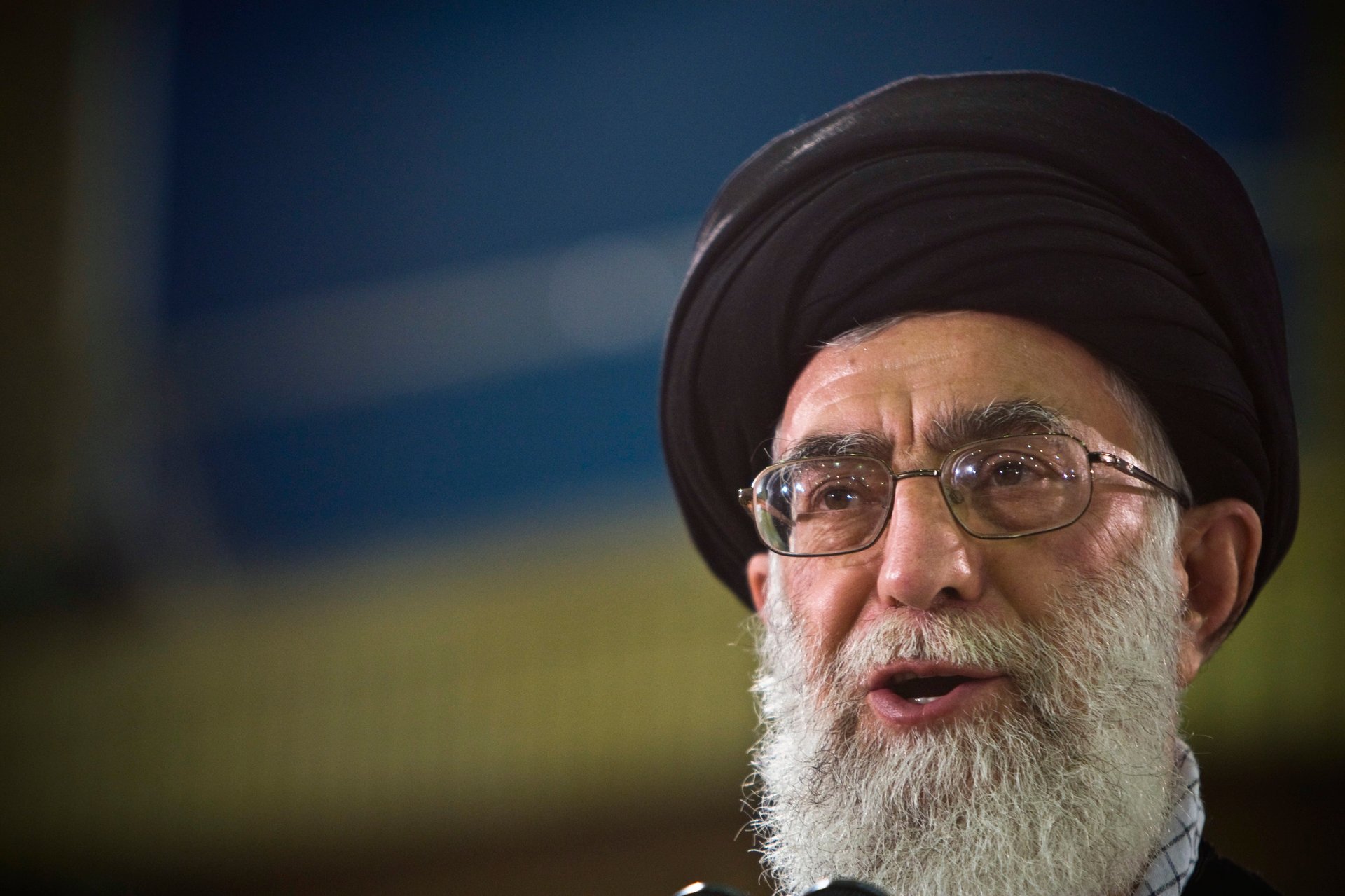
Khamenei supported the nuclear deal
To call Iran leader Khamenei’s approval of the 2015 nuclear deal grudging is a wild understatement—his utter distaste for the US has no bounds, and if he could have avoided doing a deal with Washington, he would have. But, in observance of the Staying in Power Rule and the Rule of Averages, he had to swallow the bitter pill.
That is, Khamenei, perhaps Iran’s savviest politician, has been a keen observer of the direction of local politics since 2009, when the reformist Green Movement arose against conservatives. What he noticed was that ordinary Iranians were shifting away from the excesses of the old guard; it was a normal dynamic of revolutions—after a given number of years, the fervency of such movements erodes. People want to lead normal lives, with greater economic opportunity and access to the world, which collectively is a reflection of the Rule of Averages.
In fact, Khamenei wasn’t so much going along with the deal, as much as he was leading his stubborn old guard into it. Traditionalists including the Revolutionary Guard were perhaps a bit anxious over principle, but mostly they were vexed about their perks—they control a large segment of the Iranian economy, and do not want to lose it. Khamenei himself has become exceedingly wealthy. So the deal also had to adhere to the Getting Rich Rule—it had to allow the Guard and Khamenei to continue to feed off the public trough.
And by appearances thus far, it did—their companies are likely to become even richer.
Some analysts wrongly supposed that reaching the accord means a general easing of US-Iranian relations. That would be wrong. While Khamenei and his circle are assured continued rule, they will continue their usual aggressive regional politics: anti-Saudi and anti–Israel, pro-Hezbollah and pro-Syrian leader Bashar al-Assad. And, always, “Death to America!”

Putin spent an unquiescent year
Here is where we went badly wrong. We understood that Putin, after retaking the presidency in 2012, had been driven by the Staying in Power Rule to crush his critics, and the Injustice Rule to lash out against the West. (The latter rule usually is why downtrodden people rise up against tyrannical wrongs, but in Putin’s case reflects his resentment against perceived Western disrespect toward Russia and him specifically). But we reasoned that, after having whipped his people into an anti-Western frenzy and made rubble of eastern Ukraine, the Rule of Averages would come into play, and he would start looking for ways to heal the teetering Russian economy.
Instead, in September, Putin airlifted his military to Syria. This is because his usual motive force—the Mountain Rule—came to the fore. The Mountain Rule describes the behavior of large entities that tend to act outside the norm, and thus exert an outsized impact on events. Examples of Mountains are Saudi Arabia, China, ExxonMobil, the US—and Russia. (When you understand Big Personalities, you also grasp mountains, although they are not actually the same thing).
In this case, Putin was acting out the behavior of a certain strain of Mountain, which is the former great power. Such actors, having once held great sway over world events, have a hard time growing accustomed to possessing less influence. So they continue to grapple to be respected in the former way.
Such is the case with Putin: A quarter century after the Soviet demise, he insists that Russia—despite no longer being the superpower that it was for many decades—be treated with the deference accorded elite nations. As a bold demonstration of why, he mounted the Syrian offensive, including Air Force runs and cruise missile strikes from the Caspian Sea. By way of shock-and-awe, it was a monstrous triumph; more surprising, Putin was also a success in terms of turning around the fortunes of his client, Bashar al-Assad.
For us, the lesson is not to try to forecast specific actions when it comes to Putin, who delights in misleading observers. Instead, it’s more useful to keep the drivers of action in mind—his behavior as a Mountain and Big Personality whose impulses are propelled by the blind resentment of the Injustice Rule.
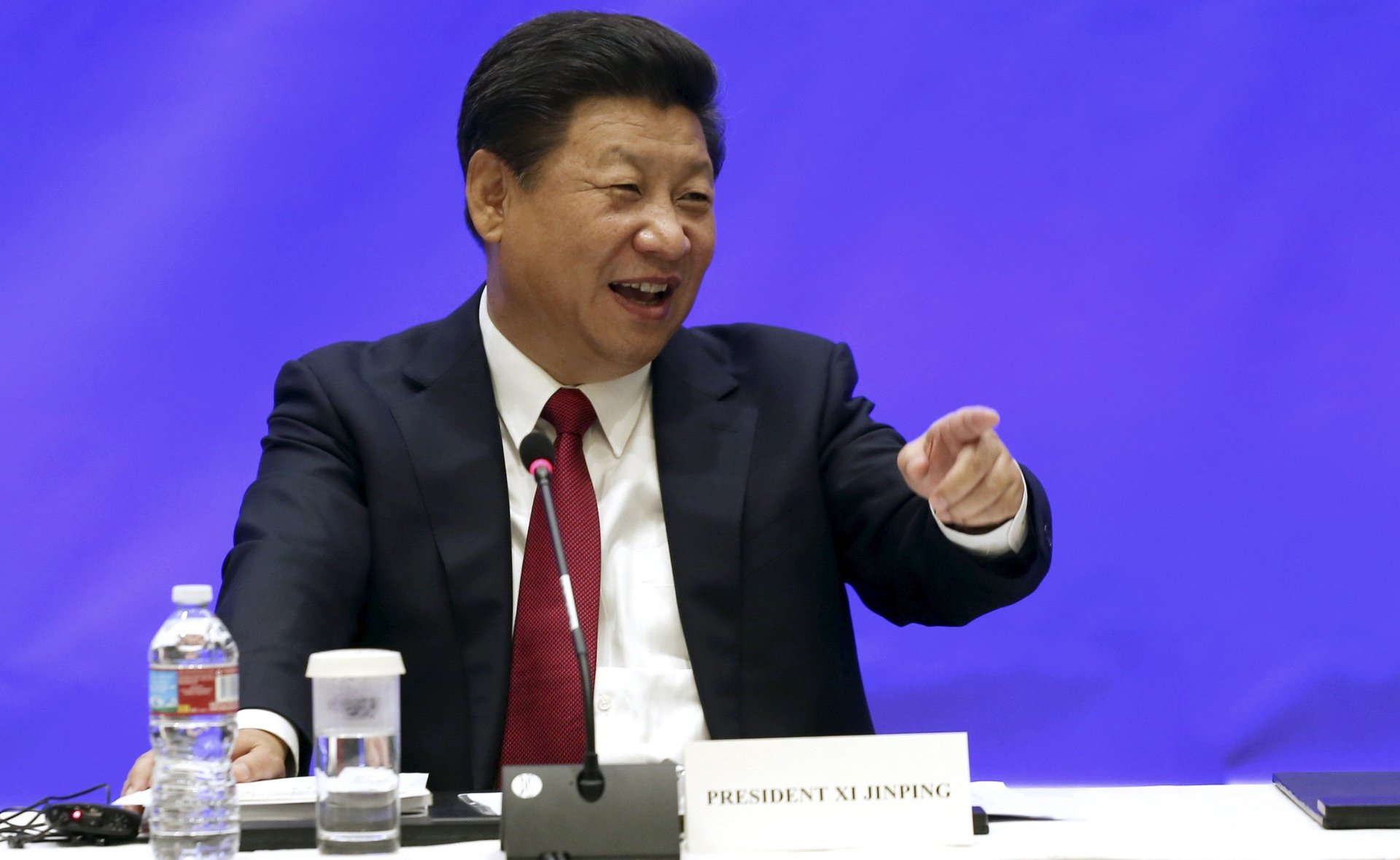
Xi was peripatetically geopolitical
Are the US and China headed for war? Chinese leader Xi Jinping himself raised the question in September on his first visit to the US: “There is no such thing as the so-called Thucydides Trap,” Xi said. “But should major countries time and again make the mistakes of strategic miscalculation, they might create such traps for themselves.”
By citing the Athenian historian Thucydides, Xi was referring to a study of great powers by Harvard researcher Graham Allison. Allison found that of 16 transitions from one dominant power to another over the last five centuries, 12 resulted in war. He called it the Thucydides Trap. Allison—who used his study to describe the rise of China and the relative decline of American influence—said that because of the dynamics underlying the trap, war between the two countries “is more likely than not.”
There will be no way of knowing whether Allison is right—until war actually happens, or unless it doesn’t. But by at least one measure—the number of Xi’s foreign visits last year—the Chinese leader is already well along the way with a campaign to carry his country to a higher place on the global stage. According to a tally kept by the LA Times, Xi visited 14 countries in 2015, state visits on which he signed a brisk $130 billion in deals. That was nothing compared with the jetsetting French president Francois Hollande, who went to 50 countries, but it did match Putin’s 14 state visits and beat Obama’s 11.
Hence we were right when, citing the Mountain Rule, we foresaw 2015 as an inflection point when Xi would shed China’s usual reluctance on the global stage, and don the great power mantle. That is what happened, as illustrated by these visits. The trips focused on places where China’s power is most strongly felt—South Africa and Zimbabwe; Britain and France; Indonesia, Singapore and the Philippines; and Russia and Kazakhstan.
But there were also examples of hard power: In the South China Sea, for example, Xi stepped up his buildup of land masses and infrastructure around islands whose ownership is disputed with the Philippines and Vietnam. China said it was merely protecting vulnerable reefs, but the US called it militarization. Whatever the term, it was surely a demonstration of the US-China brinksmanship to which Allison was referring—the chest-bumping of two Mountains.
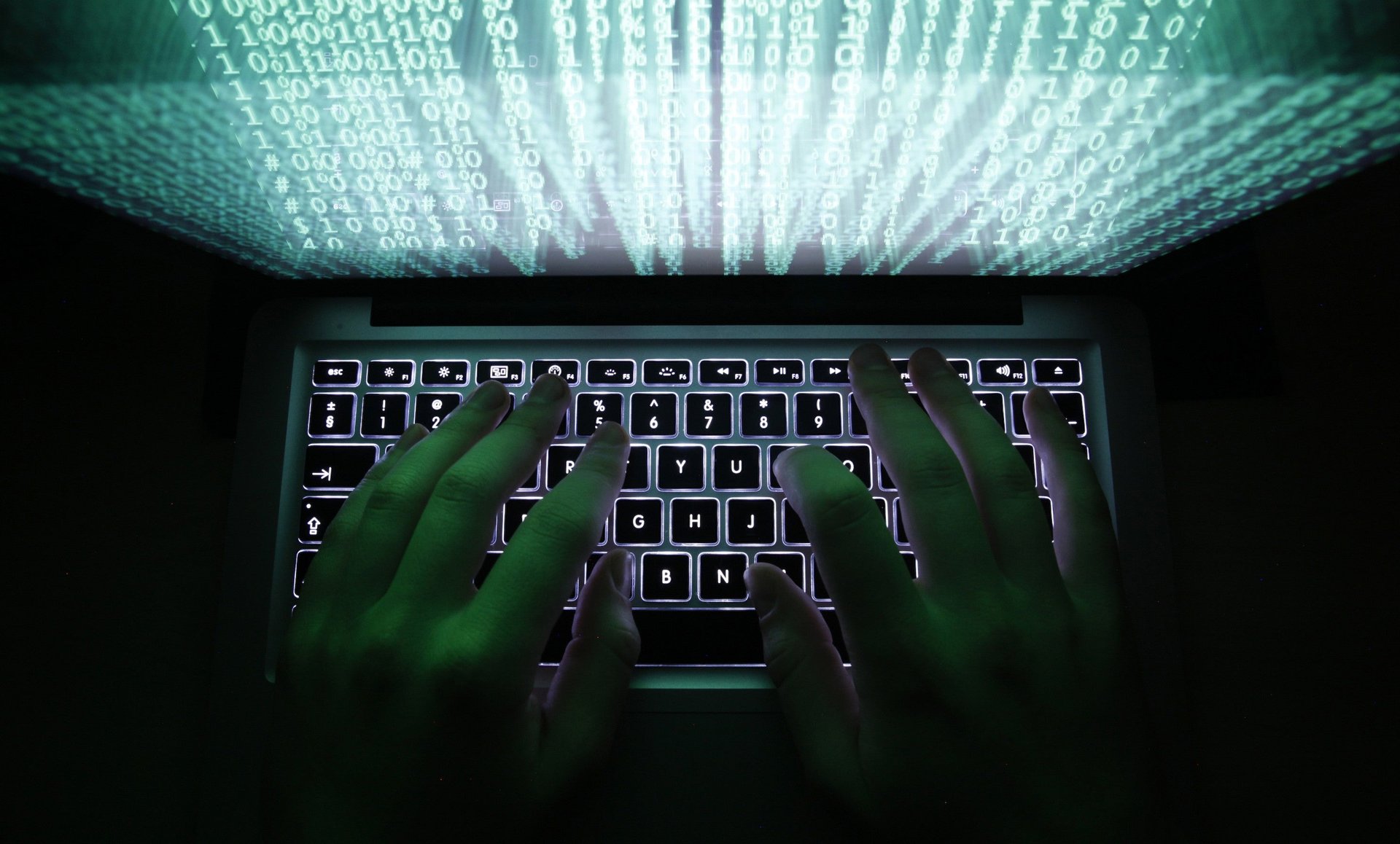
It was a big year in cyber space
Cyber theft from China became so problematic last year that Obama warned Xi: either cut it out or face sanctions. A loose ceasefire was cut between the two men. But theft was only the half of it, as experts began to speak darkly of a new age of cyber warfare. The main actors in this warfare so far: the US, Russia, China, Iran and North Korea. While the first three are actively jangling each other’s nerves, no one expects them—at least at the moment—to launch a catastrophic attack against their respective energy, communications, or financial infrastructure. But Iran or North Korea, with much less to lose in terms of global ambitions, could so attack the West, experts say.
In our forecast, we framed the growth of cyber as a new geopolitical issue. We called it the age of geotechnology. And indeed, while nefarious activity in cyber space is not new, broad public recognition of its scope is.
What explains this shift? Why, it’s nothing more complicated than the struggle for power (the Mountain and Local Politics rules) and fortune (Getting Rich)—and keeping them once you’ve got both (Staying in Power).